Greetings, chess enthusiasts! Bringing you insights from the chess realm. We’ll delve into the intriguing world of the Three Knights Game — a variation that chess aficionados might mix up with its close relative, the Four Knights Game.

Let’s unpack this chess opening and discover why it might be your next strategic move on the board. We start with the classic opening moves: 1. e4 e5 2. Nf3 Nc6, setting a familiar chessboard stage. Things take a twist when White plays 3. Nc3. At this junction, should Black respond with 3...Nf6, we’re ushered into the Four Knights Game. However, our focus is on the alternatives Black has at their disposal, sidestepping 3...Nf6.
Why Avoid the Four Knights? Seeking Asymmetry
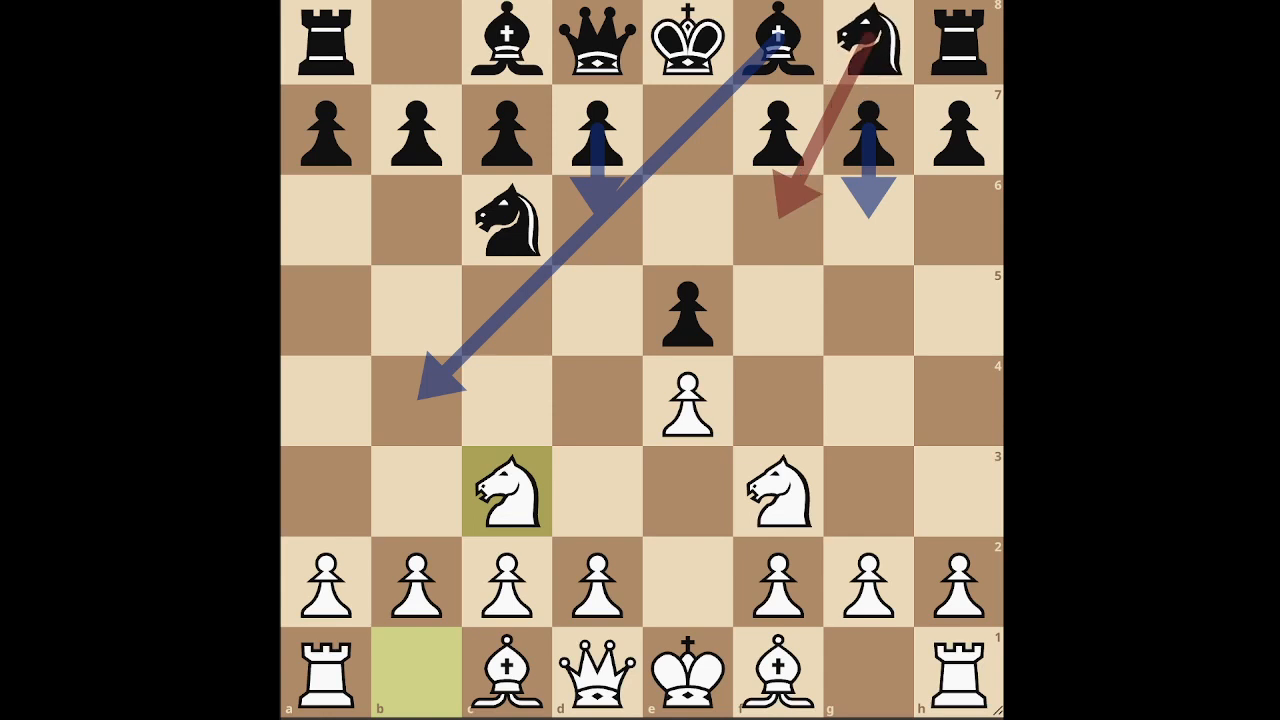
Chess masters and enthusiasts often play the 3...Nf6 move, and rightly so. But, let’s address the elephant in the room — those mirrored positions can feel prosaic at times. For instance, a game evolving into a Four Knights Scotch can wind down into a yawn with sequences like 4. d4 exd4 5. Bb4. While these situations can be tactical minefields, they often resemble a calm sea – nothing but still waters. It’s these more symmetrical, predictable scenarios that players might boldly sidestep in search of an asymmetrical adventure that the Three Knights Game promises.
Diverging Paths: Bishop Development and Tactical Shots
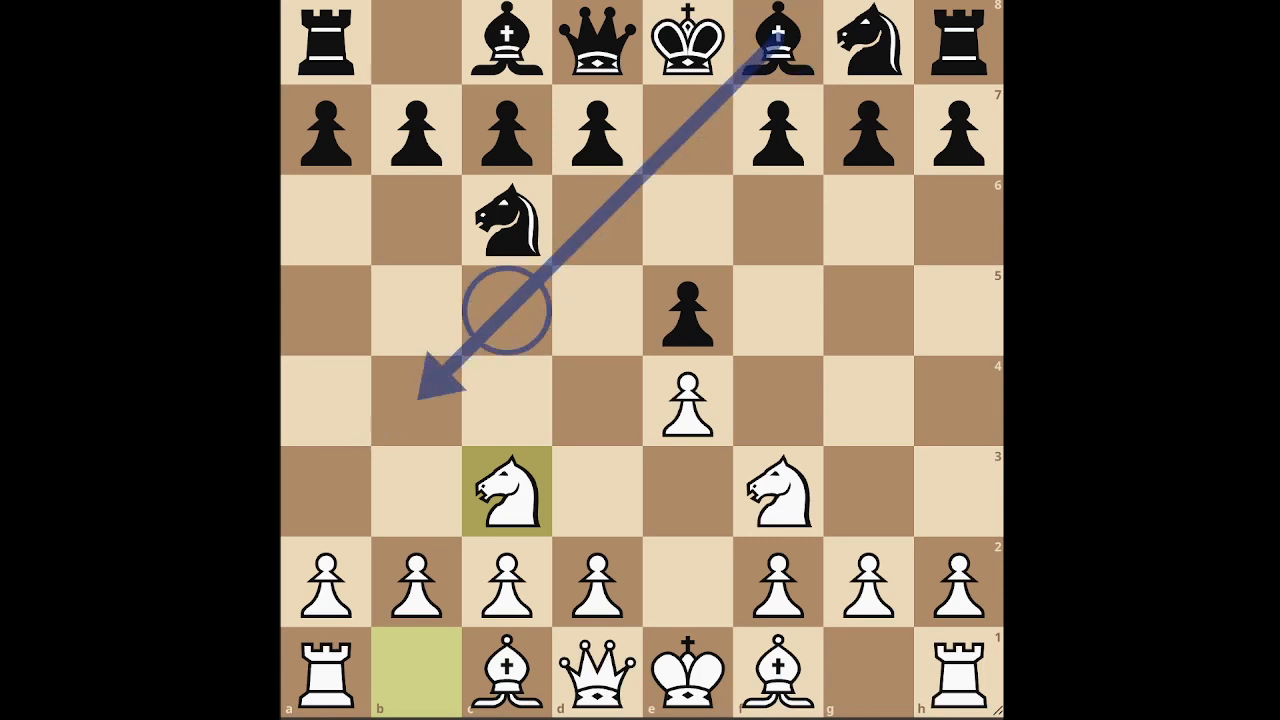
When players look to avoid the reflective serenity of the Four Knights, branching out with moves like 3...Bb4 or 3...Bc5 ushers in different battlefields. If Black’s bishop postures at B4, you, as White, could respond with a straightforward 4. a3. But eyes widen when 4. Nd5 graces the board, a straightforward assault on Black’s bishop.
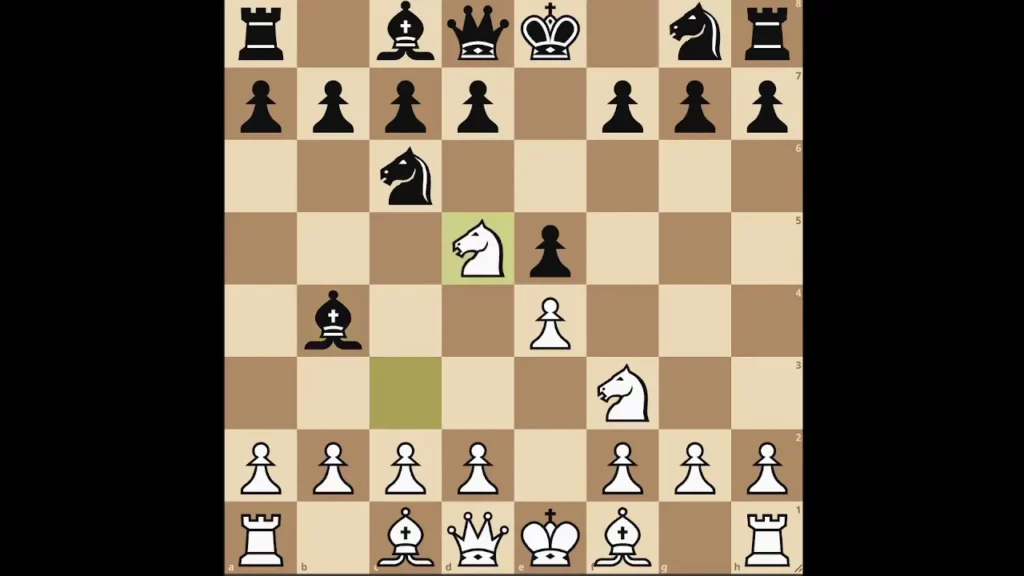
REHigher-level players know that securing the bishop pair can indeed tilt the game. Black might retreat with 4...Ba5, keeping an eye on the f2 pawn. The game might evolve with 5. Bc4 Nf6. So far, even players familiar with the knight on f6 might be tempted. White can simply castle here, and if 6...Nxd5 ensues, exd5 leaves White poised menacingly with the pawn strike on d5 and the slicing gaze on the e5 pawn.
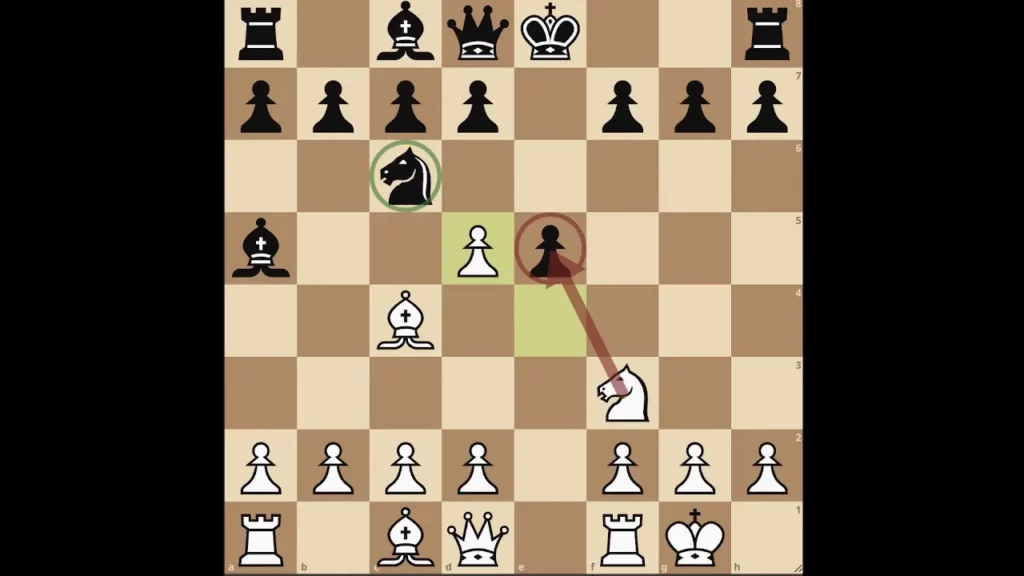
What if Black decides to finesse with 3...Bc5? Take a breath here, because a tactical opportunity sparkles for White with 4. Nxe5! After 4...Nxe5, the tactical punch of 5. d4 is a revelation, skewering Black’s setup and fetching a piece back.
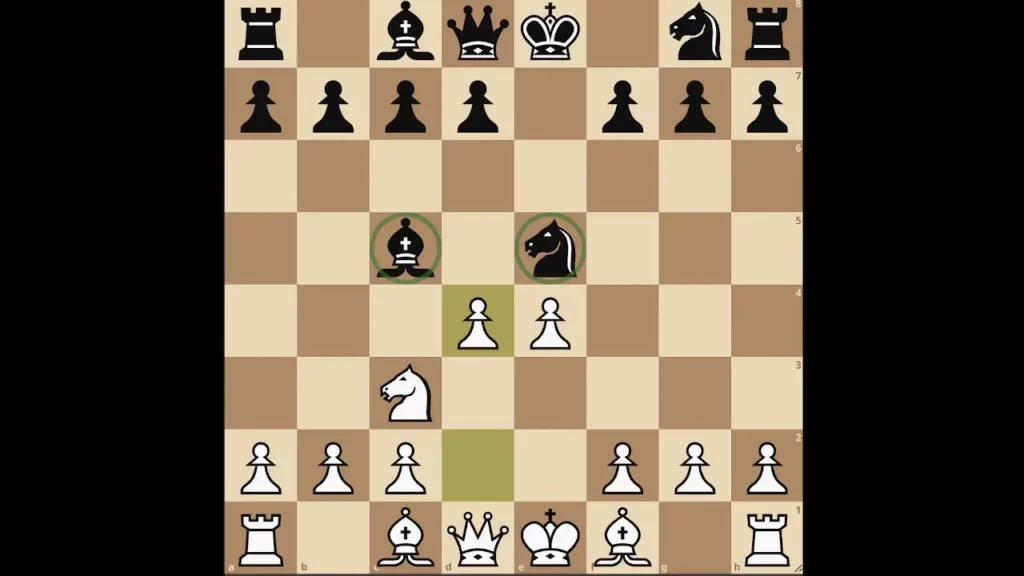
Alternative Advancements: Black’s D6 and G6
Black might hold back with a quieter 3...d6. Yet here, simplicity is king for White with 4. d4. Should Black lash out with 4...Bg4, don’t despair. The development of White’s pieces has an air of inevitability to it, giving White a flowing advantage.
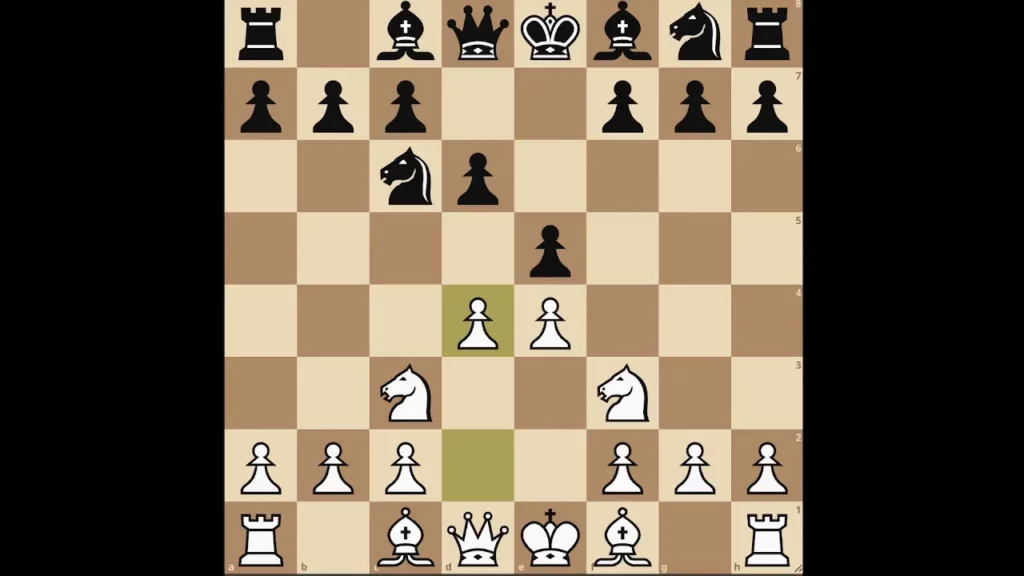
Then there’s the less-traveled road of 3...g6, which indicates Black’s intention to fianchetto on g7. White’s best response? Push forward with 4. d4. Following 4...exd4, White pounces with 5. Nxd4. Now, don’t miss the opportunity. Should the G6 pawn venture forward, White’s 5. Nd5 offers a knight so audacious, it pulls Black’s strings, leading to tactical showdowns involving bishops and queens with potential traps.
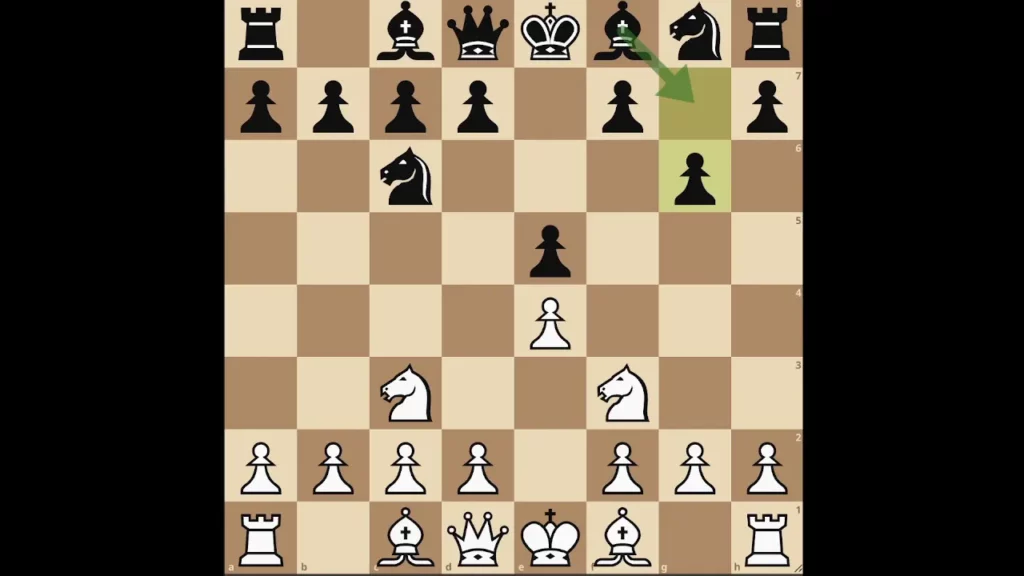
The Opening Trap: A Strategic Masterpiece
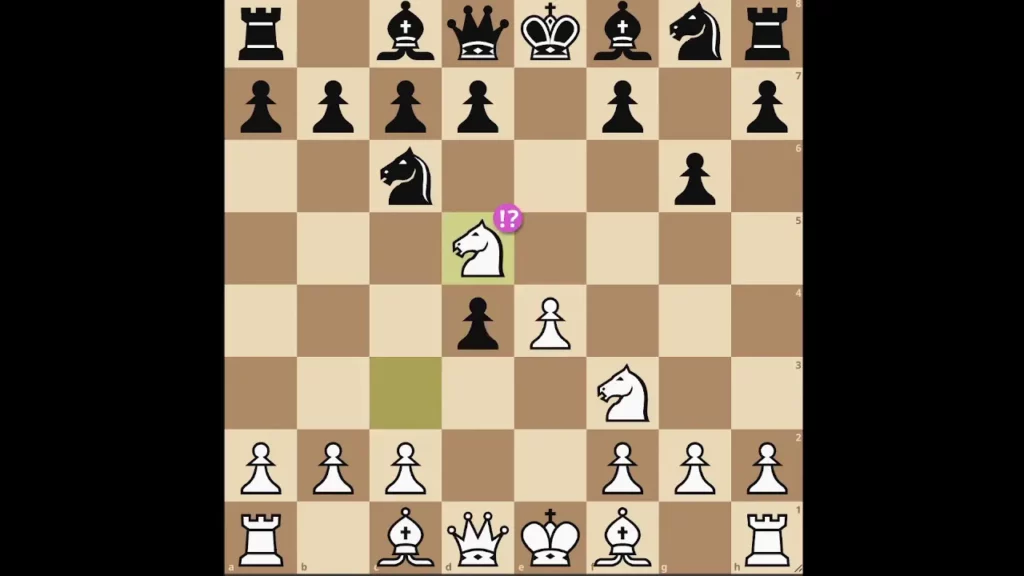
Prepare for a twist in the tale with the dashing knight maneuver 5. Nd5 after 3...g6 4. d4 exd4. This knight, now a domineering force at d5, beckons Black’s bishop to 5...Bg7. Enter 6. Bg5, a seemingly innocuous swipe at the queen. Watch as Black is lured with 6...Nge7. Should 7...f6 seek relief, 8. e5 wins a knight.

Now, hold your breath. After 7...Nge7, the sequence 8. Nxd4 Bxd4 9. Qxd4 Nxd4 10. Nf6+ Kf8 11. Bh6# is a checkmate sequence drawn up from the celestial chess boards!
“Three Knights may tread lightly at first, but tread smartly and the game is yours to command.” – A Chess Sage
Closing Thoughts: From Comfort to Command in the Three Knights Game

To wrap up, dear reader, the Three Knights Game isn’t just another chess opening. It’s a brilliant overture, replete with opportunities to weave a game where you pilot your pieces to commanding posts. Keep this opening up your sleeve, and wield it wisely when the well-trodden Four Knights path stretches before you. Whether it’s strategic imbalances or an opening trap that checkmates unsuspecting opponents, the Three Knights Game offers an odyssey worth embarking on.
This might look like a labyrinth of lines, a veritable trove of tactical intricacies, but fear not. Step by step, you can stride confidently into your next chess game with these ideas in tow. For an encore, revisit these moves and concepts; there’s always room for one more spin on the chessboard.
From the chess battlefield. Until the next dance of knights, bishops, and pawns, remember to keep the game lively and your strategies shrewd. Take care and happy gaming!